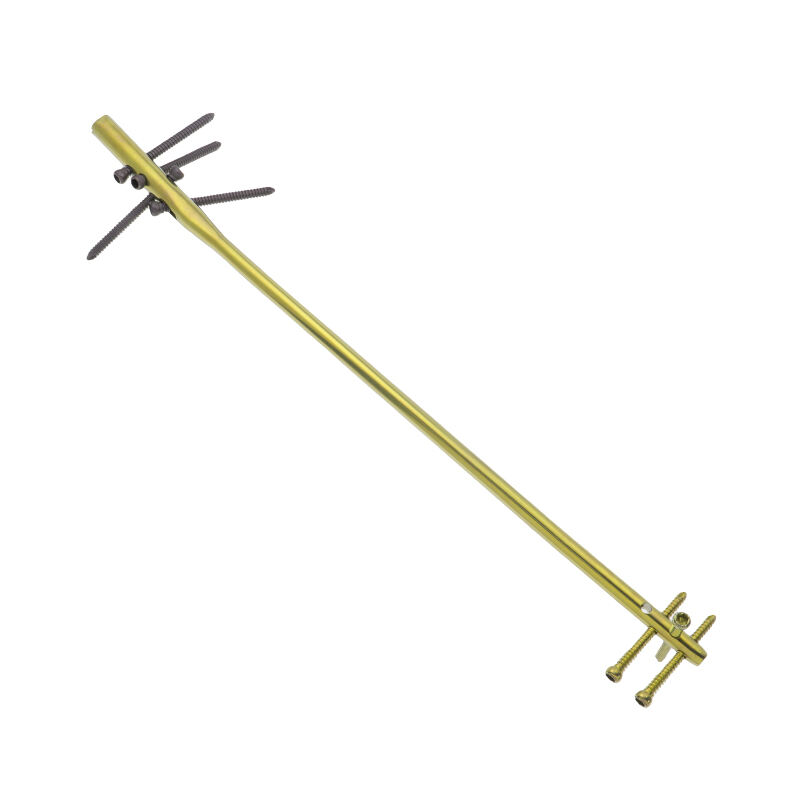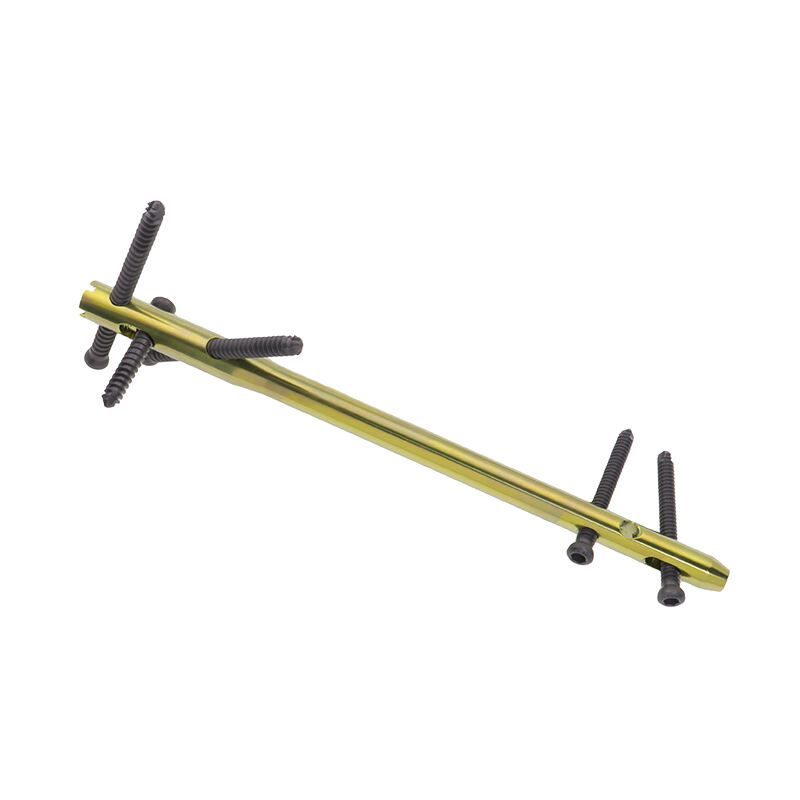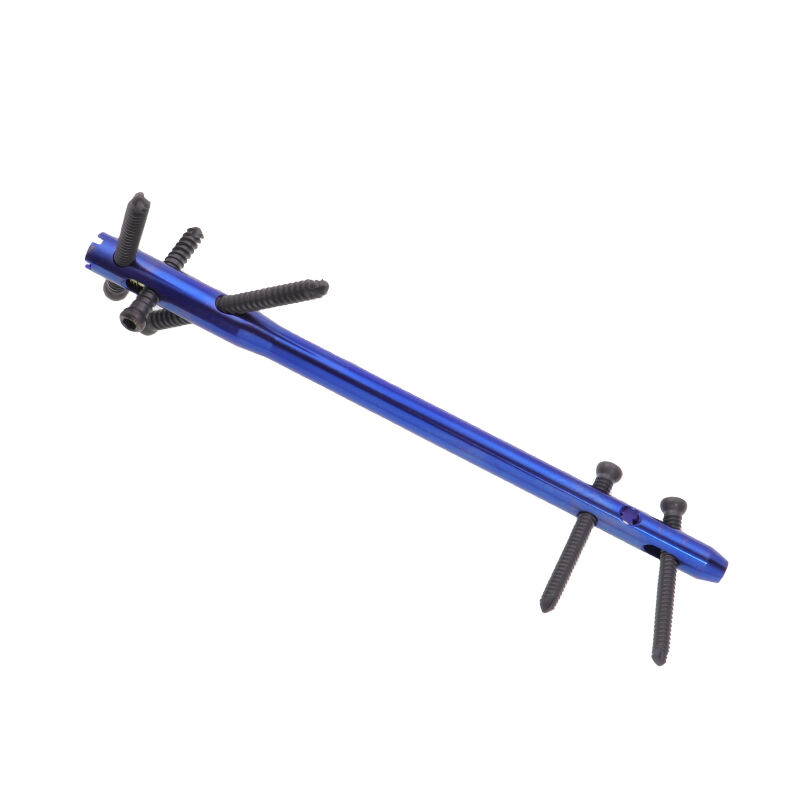Versatile Treatment Applications
The humeral nail demonstrates remarkable versatility in treating various fracture patterns and pathological conditions of the humerus. Its design accommodates both simple and complex fracture patterns, including comminuted fractures, pathological fractures, and non-unions. The availability of different nail sizes and locking options allows for customization based on individual patient anatomy and fracture characteristics. The system can be used in both acute trauma and elective procedures, making it a valuable tool in the orthopedic surgeon's arsenal. The nail's versatility extends to its ability to address fractures at different levels of the humerus, from the proximal to distal regions, while maintaining the same principles of stable fixation and biological healing.


